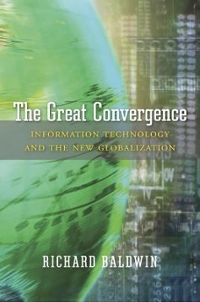Please solve the following questions in summary
3. (20) Consider the following version of Lucas's tree economy: In this economy there are two kinds of trees which produce the same quantity of "fruit" or dividends. That is dy = de = 4 where do is the total dividend at time t and each tree, denoted 1 and 2, produces half of the total. The aggregate dividend is a random variable that follows a first-order Markov process characterized by positive serial correlation. There are A identical individuals in the economy and each person is endowed with one of each kind of tree at birth. The first tree is a standard tree but the second tree is quite beautiful; consequently, ownership of the tree provides direct atility. This is represented by agents' utility function: Eo ' (Ince + y In sa) where o is consumption and an denotes the stock of beautiful trees owned at the beginning of period and y > 0. (Let sit denote the stock of normal trees owned at the beginning of time t.) As in the Lucas model, the owner of a tree at the beginning of a period receives the dividends for that period. Given this environment, do the following: (a) Set up the agent's maximization problem as a dynamic programming problem and explicitly identify the state and control variables. Derive the necessary conditions. (b) Define a recursive competitive equilibrium. Solve explicitly for the prices of both trees (denote these as py and pz). (c) Define the gross realized rate of return on trees of type i held from t to f + 1 as Ra. Prove that, under the assumption that > 0, Ru > Ry. Explain.2. (25) Consider an optimal growth model with no technological progress and a constant population (normalized to 1). Assume that the lifetime utility function for the representative household is given by (1) where c (t) is per-capita consumption and it is assumed that # 3 0 and # # 1. The representative agent is endowed with one unit of labor and supplies this inelastically. Output at each point in time is given by the constant returns to scale production function: YOO = F(K (O),LO)) (2) The depreciation rate of capital is assumed to be 0. Given this environment, do the following: (a) Solve the model as a social planner problem in which the planner maximizes household utility given by eq. (1) subject to the technology given by eq. (2) and the laws of motion for capital and labor. To do this, express the social planner problem as a Hamiltonian and derive the necessary conditions. Also, present the transversality condition and its interpretation. (b) Linearize the system around the steady-state and prove that the trajectory to the stearly-state is unique. (Hint: Recall that the determinant of a square matrix is equal to the product of its eigenvalues.)1. (10) Demonstrate that the Keynes-Ramsey condition (derived within the continuous time optimal growth model) and the Euler equation associated with capital (in the discrete time optimal growth model) are equivalent. (Note: To keep things simple assume no technological progress, no population growth and use constant relative risk aversion preferences.)









